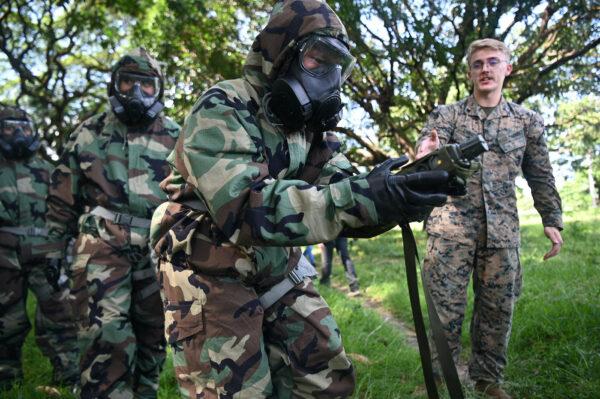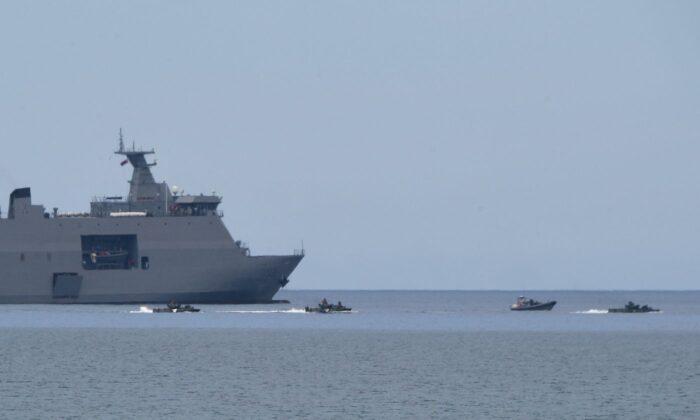The Philippines and U.S. Marines are conducting a two-week joint naval exercise to bolster military ties, while Japan and South Korea are participating in the drill as “observers” for the first time.
The Kamandag 6 is being held in the Philippine islands of Luzon, Batanes, and Palawan through Oct. 14. It involves 530 Philippine marines, 2,550 U.S. Marines, and 100 Philippine navy and air force personnel.
The drill will include a combined arms live-fire exercise in central Luzon featuring aircraft and high mobility rocket systems, as well as amphibious operations along the eastern and northern coasts, according to the U.S. Marine Corps.

Bolstering Military Ties
The United States and the Philippines are allies under the 1951 Mutual Defense Treaty, which stipulates that the countries would defend each other if attacked.Faustino said security engagement is “a key pillar of Philippines–U.S. bilateral relations” and that his government would continue to engage in diplomacy with China to address the “volatile situation” in the South China Sea.
“We continue to engage with like-minded countries and make sure that the rule of law and the rules-based international order will prevail in the West Philippine Sea and the South China Sea,” he said at a joint press conference.
China has increased its influence in the South China Sea through its artificial islands and military buildup. It claims the majority of the South China Sea under its so-called nine-dash line, despite competing claims from other nations.
Faustino also expressed concern over China’s ongoing military drills near Taiwan, saying that more than 130,000 Filipino workers in Taiwan could be in danger if Taiwan is attacked.
China claims Taiwan as part of its territory and has vowed to conquer it by force if necessary. Any attack on Taiwan could threaten Philippine security because of its proximity to Taiwan, which sits on the north side of the Luzon Strait.






Friends Read Free